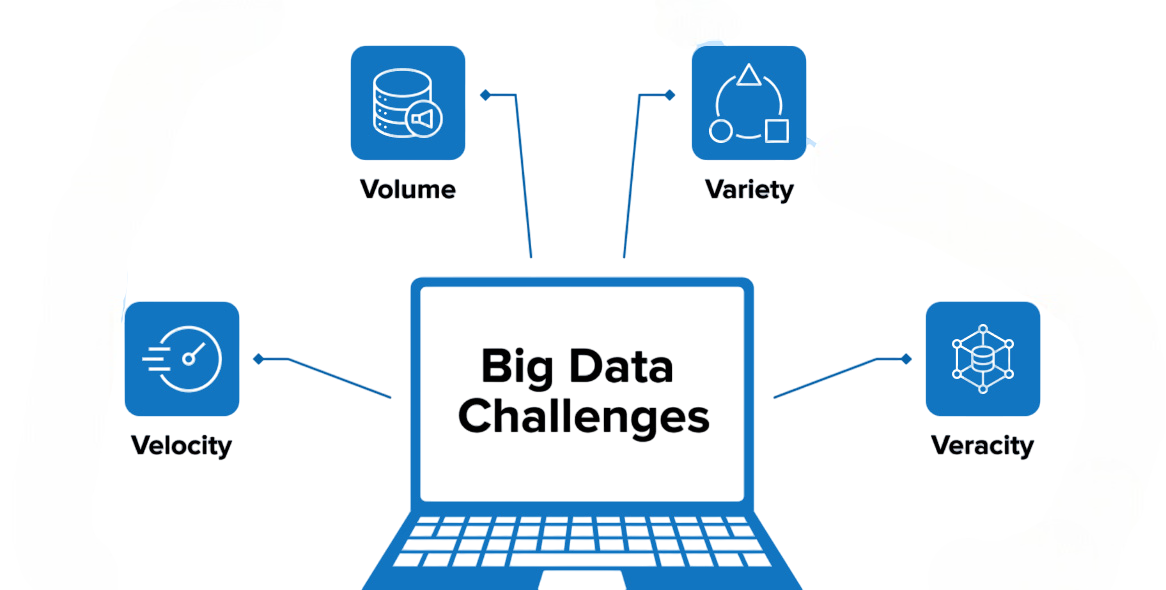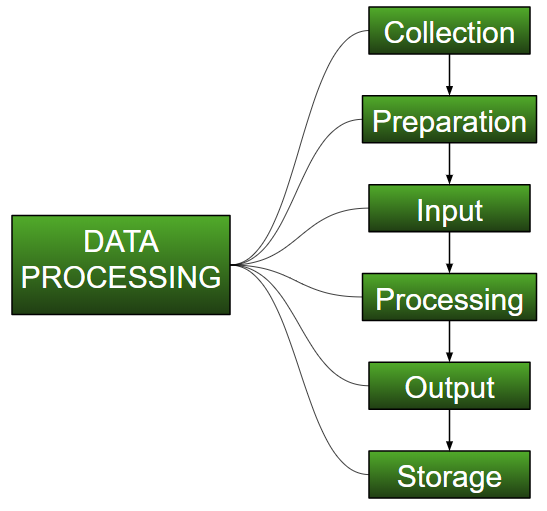
- Introduction
- Role of Cassandra in Modern Computing
- Big Data Challenges and Solutions
- Cassandra’s Scalability and Availability
- Data Modeling Strategies
- Querying with Cassandra Query Language (CQL)
- Real-Time Data Processing Capabilities
- Hands-On Use Cases for Next-Gen Applications
- Final Thoughts
Introduction
As the demand for real-time, scalable, and fault-tolerant data systems continues to surge, Apache Cassandra has become a preferred solution for managing massive volumes of data across distributed systems. With the ever-growing need for digital transformation, enterprises are seeking professionals well-versed in Cassandra’s powerful architecture. Our Cassandra Online Training equips learners with the essential knowledge, practical skills, and confidence to tackle modern data challenges and prepare for next-generation computing environments. Apache Cassandra is a highly scalable Data Science Training , distributed NoSQL database designed to handle massive amounts of data across multiple servers with no single point of failure. Its peer-to-peer architecture ensures fault tolerance and continuous availability, making it ideal for modern applications that demand high performance and real-time data access. Cassandra uses a flexible data model and Cassandra Query Language (CQL), which resembles SQL, to simplify database interactions. Training in Cassandra covers core concepts such as data modeling, replication, partitioning, and performance optimization, enabling learners to build and manage robust, high-throughput distributed databases for various industries.
Role of Cassandra in Modern Computing
- Enables scalable, distributed data management for big data and real-time applications.
- Supports high availability and fault tolerance with no single point of failure.
- Handle massive write and read workloads across multiple data centers.
- Facilitates flexible schema design, adapting to evolving application needs Cassandra Keyspace.
- Ideal for IoT, finance, e-commerce, social media, and telecommunication industries.
- Powers real-time analytics and event-driven architectures.
- Integrates seamlessly with modern data ecosystems and cloud platforms.
- Supports multi-region deployments for low-latency global access.
Interested in Obtaining Your Data Science Certificate? View The Data Science Online Training Offered By ACTE Right Now!
Big Data Challenges and Solutions
Organizations dealing with massive data volumes face challenges like data silos, system bottlenecks, downtime, and high latency. Traditional systems often crumble under such pressure, leading to poor customer experience and operational inefficiencies. Cassandra addresses these issues by distributing data across multiple nodes, allowing for horizontal scalability and eliminating single points of failure. Apache Spark Certification The training delves into how Cassandra is used to resolve common big data problems, such as storing time-series data, managing write-heavy workloads, and ensuring uninterrupted operations across geographic locations. Managing big data presents several challenges, including handling vast volumes of diverse data, ensuring data quality, and maintaining low latency for real-time processing. Scalability and storage costs also pose significant concerns as data grows exponentially.

Additionally, integrating data from multiple sources and ensuring security and privacy add complexity. Solutions to these challenges involve using distributed databases like Apache Cassandra, which offer scalable and fault-tolerant architectures. Advanced data processing frameworks, efficient data modeling, and cloud-based storage further help manage and analyze big data effectively, enabling organizations to derive valuable insights and maintain performance.
To Explore Data Science in Depth, Check Out Our Comprehensive Data Science Online Training To Gain Insights From Our Experts!
Cassandra’s Scalability and Availability
Scalability and availability are the cornerstones of Cassandra’s success. This training explains how Cassandra’s distributed nature supports linear scalability—meaning performance improves with each additional node in the cluster. Learners will also explore Cassandra’s masterless architecture, which ensures continuous uptime even when some nodes fail. Concepts like replication strategies, consistency levels, and data center awareness are discussed in detail to show how Cassandra maintains its robustness An ETL Audit Process in mission-critical applications. Apache Cassandra is designed for exceptional scalability, allowing seamless addition of nodes to a cluster without downtime or performance loss. Its peer-to-peer architecture ensures data is evenly distributed across nodes using consistent hashing, which supports horizontal scaling. For high availability, Cassandra replicates data across multiple nodes and data centers, providing fault tolerance and eliminating single points of failure. This replication ensures that even if some nodes go down, the system remains operational and data accessible. Together, these features make Cassandra ideal for applications requiring continuous uptime and the ability to handle growing data loads efficiently.
Data Modeling Strategies
- Model Based on Queries: Design tables around how data will be queried, not just how it’s stored.
- Denormalization: Duplicate data across tables to optimize read performance, avoiding costly joins.
- Use Composite Primary Keys: Combine partition keys and clustering columns to organize and query data efficiently Data Science Training.
- Choose Partition Keys Wisely: Ensure even data distribution to avoid hotspots and balance load.
- Limit Partition Size: Keep partitions small to maintain quick read/write operations.
- Use Collections Sparingly: Use lists, sets, or maps only when appropriate to avoid complexity.
- Time-Series Modeling: Use time-based clustering columns for efficient range queries.
- Avoid Secondary Indexes: Prefer manual indexing or materialized views for better performance.
- Enables low-latency reads and writes, ideal for time-sensitive applications.
- Distributed architecture ensures continuous availability during data processing.
- Allows fast querying with Cassandra Query Language (CQL) for immediate insights.
- Handles event-driven architectures and streaming data from IoT devices, sensors, and logs.
- Integrates well with real-time data platforms like Apache Kafka and Apache Spark Kafka vs RabbitMQ .
- Supports scalable data replication across multiple nodes and data centers for fault tolerance.
- Optimized for handling large-scale time-series and transactional data in real time.
Gain Your Master’s Certification in Data Science Training by Enrolling in Our Data Science Master Program Training Course Now!
Querying with Cassandra Query Language (CQL)
Cassandra Query Language (CQL) is a SQL-like language designed to interact with Apache Cassandra databases. It simplifies data manipulation and querying by providing familiar commands such as SELECT, INSERT, UPDATE, and DELETE. CQL allows users to create keyspaces, define tables, and manage data efficiently. It supports complex data types, indexing, and batch operations. Unlike traditional SQL, CQL is optimized for BFSI Reasons for Moving Into Big Data Career Cassandra’s distributed architecture, emphasizing query patterns that match its data model. Understanding CQL is essential for effective data retrieval and manipulation, enabling developers to build scalable and high-performance applications using Cassandra.
Real-Time Data Processing Capabilities
Supports high write throughput for ingesting massive streams of real-time data.

Are You Preparing for Data Science Jobs? Check Out ACTE’s Data Science Interview Questions and Answers to Boost Your Preparation!
Hands-On Use Cases for Next-Gen Applications
Theory alone doesn’t create expertise practical application does. Our Cassandra Online Training is packed with hands-on exercises and mini-projects inspired by real-world challenges. Learners will work on scenarios such as designing an IoT data platform, setting up a multi-node Cassandra cluster, implementing time-series data storage, and simulating failover and recovery processes. These projects solidify the What is Data Pipelining understanding of Cassandra’s core concepts and prepare learners to contribute meaningfully in real-world environments. Explore hands-on use cases of Cassandra in next-gen applications such as real-time analytics, IoT data management, personalized recommendations, fraud detection, and large-scale social media platforms. These practical scenarios demonstrate Cassandra’s ability to handle high-velocity data with scalability, reliability, and low latency.
Final Thoughts
As businesses increasingly rely on distributed, high-availability systems for data management, the relevance of Cassandra continues to grow. Whether you’re a data enthusiast, a software engineer, Cassandra in Modern Computing or a systems architect, acquiring Cassandra skills can significantly elevate your career trajectory. Our Cassandra Online Training is Data Science Training designed not just to teach, but to transform learners into professionals who can confidently address next-gen computing issues. From real-time analytics to enterprise-scale deployments, Cassandra offers the foundation for building resilient and scalable systems and this training ensures you’re fully prepared to leverage it.


